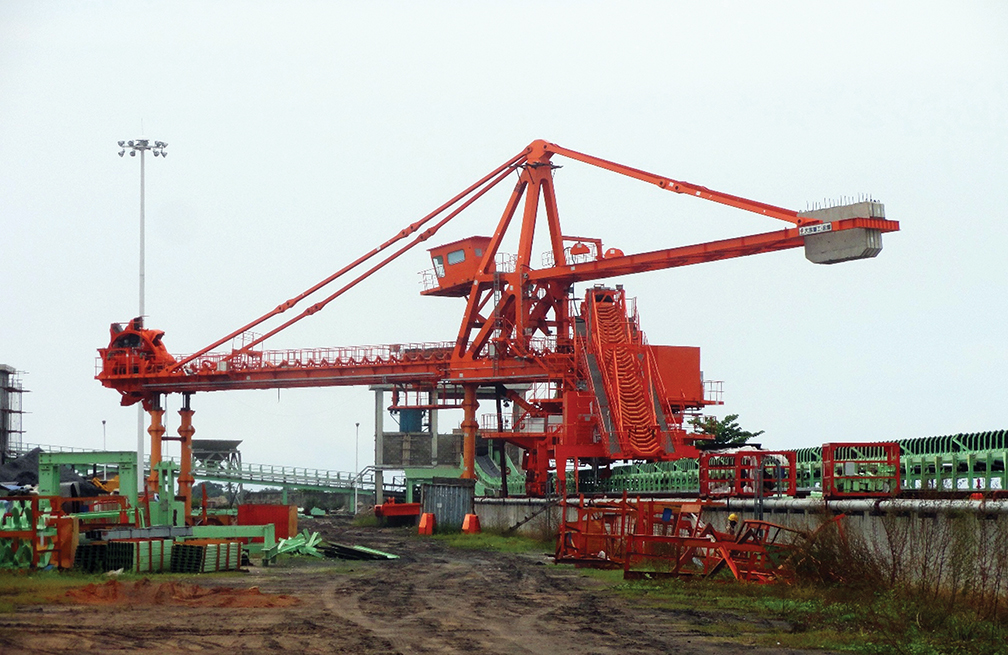AGENCE FRANCE-PRESSE
A revamp of Liberia’s four seaports is pointing the way to an economic transformation that aims to put the ravages of this West African nation’s civil wars behind it.
A decade after the end of the hostilities, mineral-rich Liberia is seeing an expansion of its industrial and manufacturing sectors on the back of economic growth
that hit 8.9 percent in 2012.
The transformation began in 2009, when the government took on Matilda Parker, a U.S.-educated private-sector management specialist, to become what remains the world’s only female port authority head. Her task was to turn around the fortunes of the underperforming, inefficient Freeport of Monrovia.
“When my administration took over, we had operational challenges. Equipment was down, and we even had a nightclub in the port, so people could just enter at will and drink,” she said. “We had little or no security, none of the ports had reached international standards, and we had administrative challenges when it came to accountability for revenue [and] for expenses.”
Parker, with 25 years’ experience in the private and charity sectors, focused on making sure that the Freeport of Monrovia and the Port of Buchanan, which handles mostly exports 270 kilometers southeast, were secure.
She replaced bookkeeping on scraps of paper with modern accounting software that tracks expenses and revenue and allows for proper financial planning. Among Monrovia’s many milestones was a “One-Stop Shop,” established in 2011 to group all the bureaucracy in one place at the port to speed up shipping.
The ports are vital to Liberia’s economy. Ships began exporting palm oil from Liberia about 1850, but it was almost another century before the United States military built the Freeport of Monrovia, a 30-hectare artificial harbor designed to ensure the flow of rubber exports for use in wartime materials.

